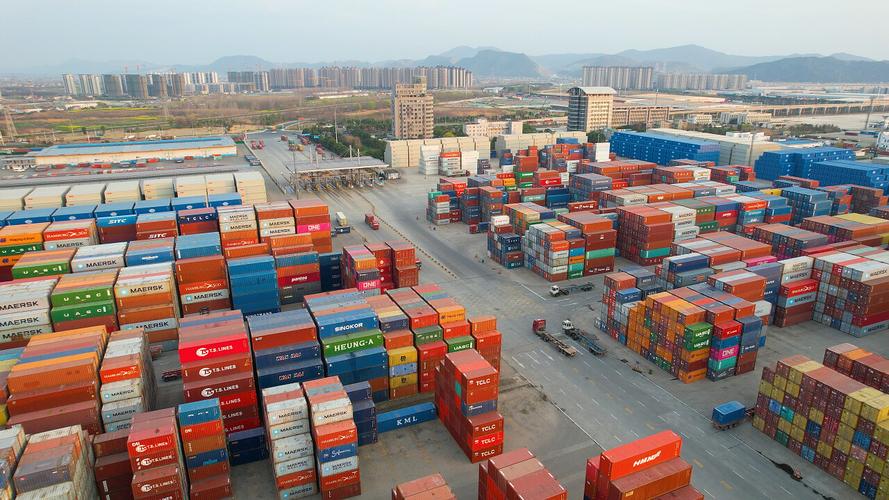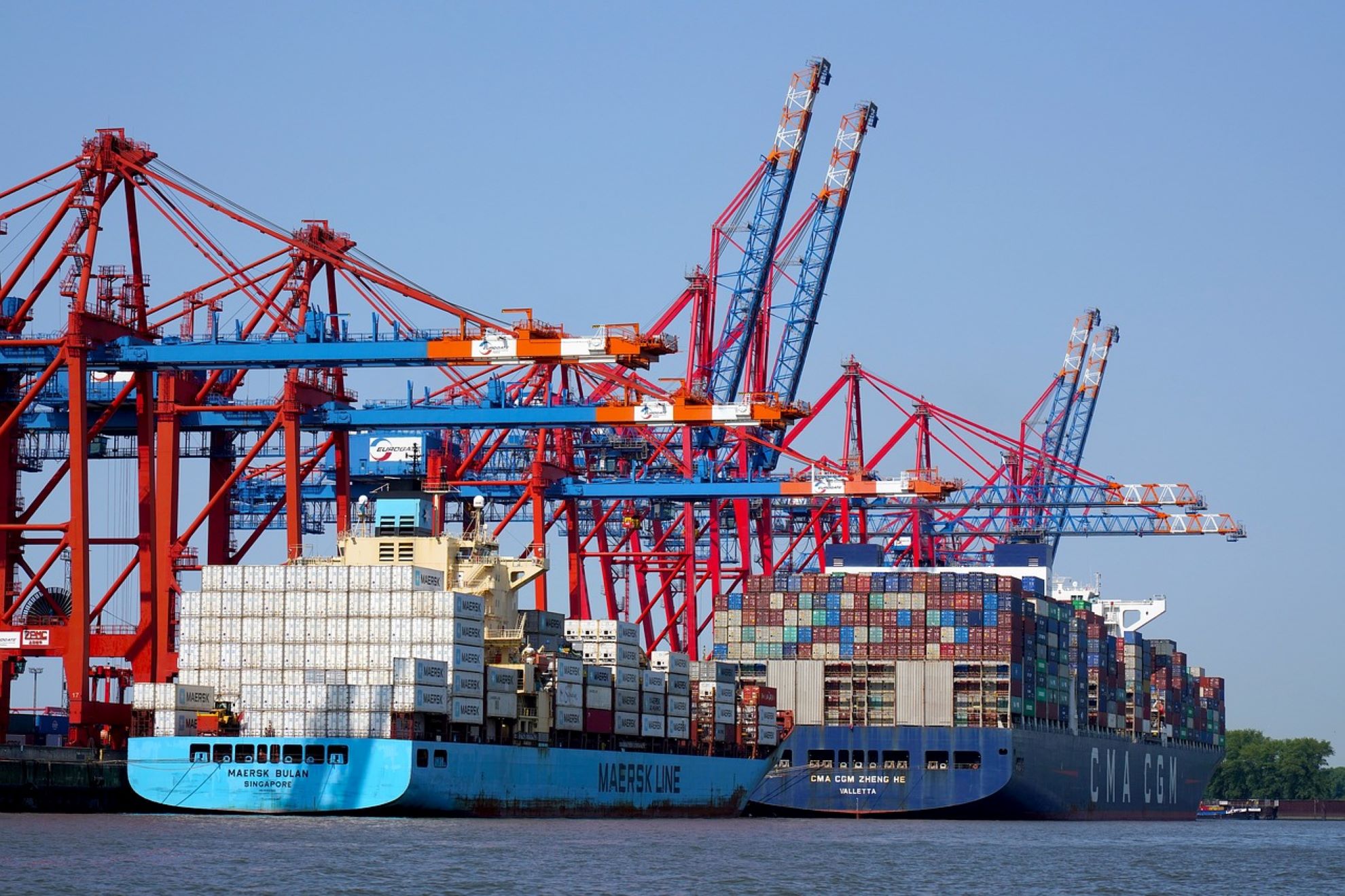International Logistics
Frozen logistics
Frozen food logistics refers to the process of storing, transporting, and distributing frozen food in a specific low-temperature environment. Due to the extreme sensitivity of frozen products to temperature, frozen product logistics are crucial for ensuring the quality and safety of food. The following are the key elements and characteristics of frozen goods logistics:

characteristic
1. Temperature control: A constant low temperature environment must be maintained throughout the entire logistics process to prevent food spoilage.
2. Timeliness: Frozen logistics require fast transportation and distribution to reduce the time food is exposed to unsuitable temperatures.
3. Packaging requirements: Special insulation packaging materials are required to ensure that frozen products do not melt during transportation.
4. Cold chain integrity: Every step from production to final consumption must be carried out in the cold chain to maintain the freshness and quality of food.
key link
1. Storage: Frozen products need to be stored in a frozen warehouse, and the temperature and humidity inside the warehouse need to be strictly controlled.
2. Transportation: Use refrigerated trucks or refrigerated containers for transportation to ensure temperature stability of food throughout the entire transportation process.
3. Delivery: Refrigeration equipment is also required during the delivery process to ensure that food remains frozen before reaching consumers.
4. Tracking and monitoring: Utilize modern information technology to track and monitor the temperature and position of frozen products in real time.
technical requirement
1. Refrigeration technology: including refrigeration technology for refrigerated warehouses and refrigerated transportation vehicles.
2. Insulation materials: Use high-performance insulation materials to reduce cooling loss.
3. Information technology: Utilize barcode, RFID and other technologies for inventory management and tracking.
risk management
1. Temperature fluctuation risk: Measures need to be taken to prevent temperature fluctuations during transportation and storage.
2. Logistics delay risk: Develop emergency plans to deal with delays during transportation.
3. Food safety risks: Ensure compliance with food safety standards throughout the entire logistics process.
advantage
1. Quality assurance: The quality of frozen products is ensured through strict temperature control.
2. Extend shelf life: Proper refrigeration can significantly extend the shelf life of frozen products.
3. Meet market demand: Frozen logistics enables consumers to enjoy various frozen foods throughout the year.

Challenge
1. Cost control: The cost of frozen goods logistics is high and requires effective management to maintain competitiveness.
2. Environmental impact: It is necessary to consider the impact of cold chain logistics on the environment, such as the environmental protection of refrigerants.
3. Global logistics: With the increase of international trade, frozen goods logistics need to adapt to the challenges of globalization.
Frozen goods logistics is a complex process that involves multiple links and technologies. With the increasing demands of consumers for food safety and quality, the frozen goods logistics industry is also constantly developing and innovating to meet market demand.
